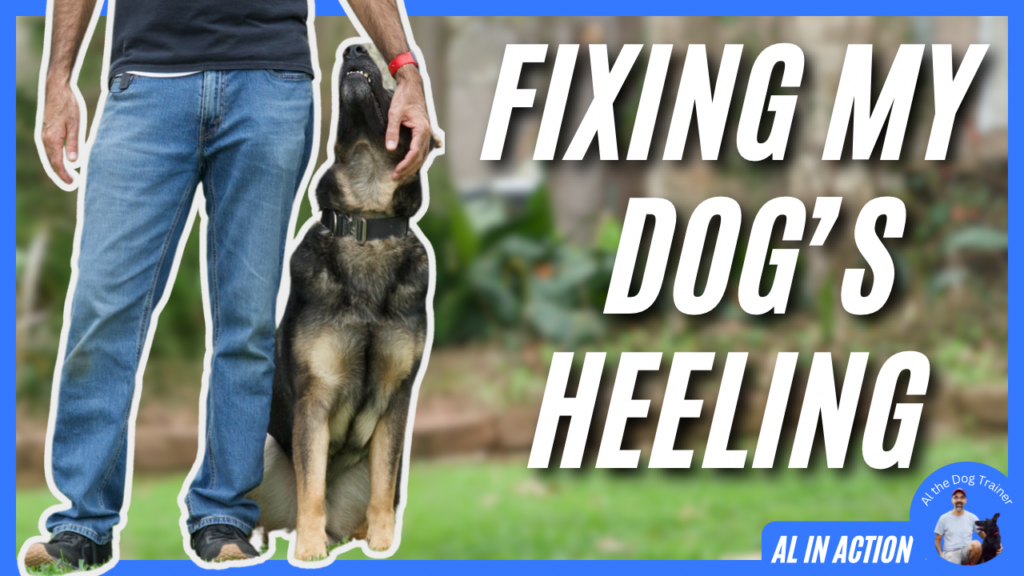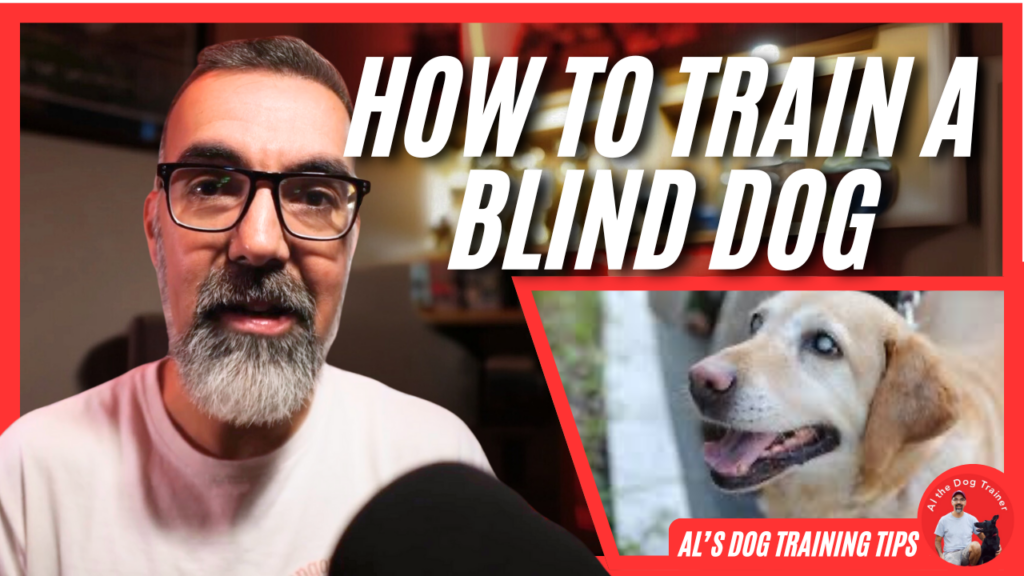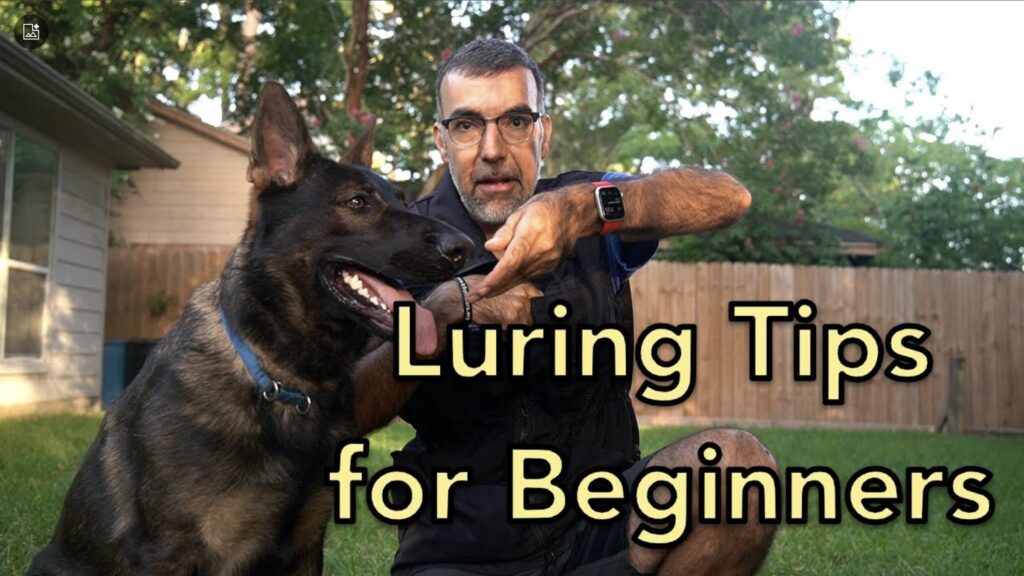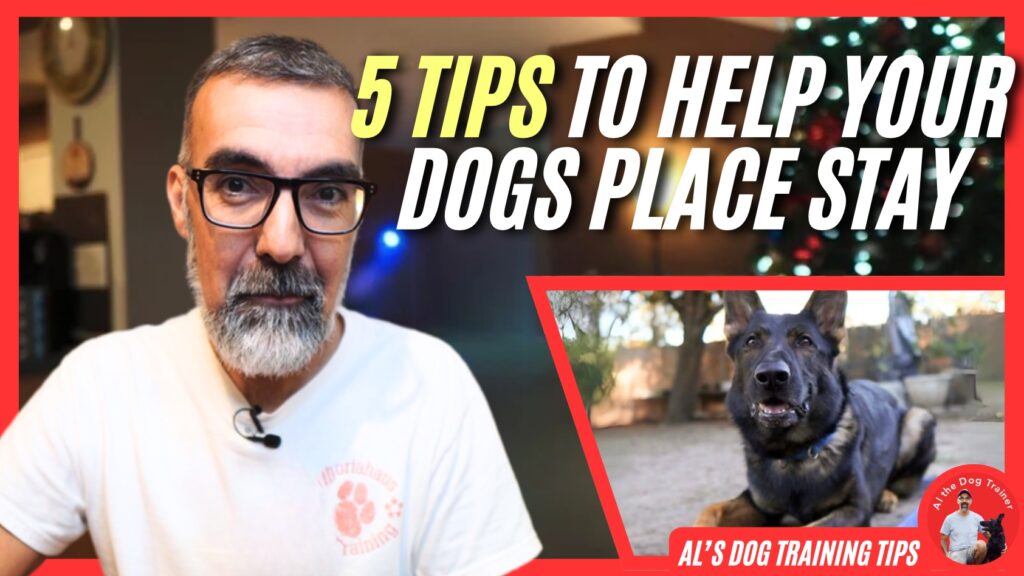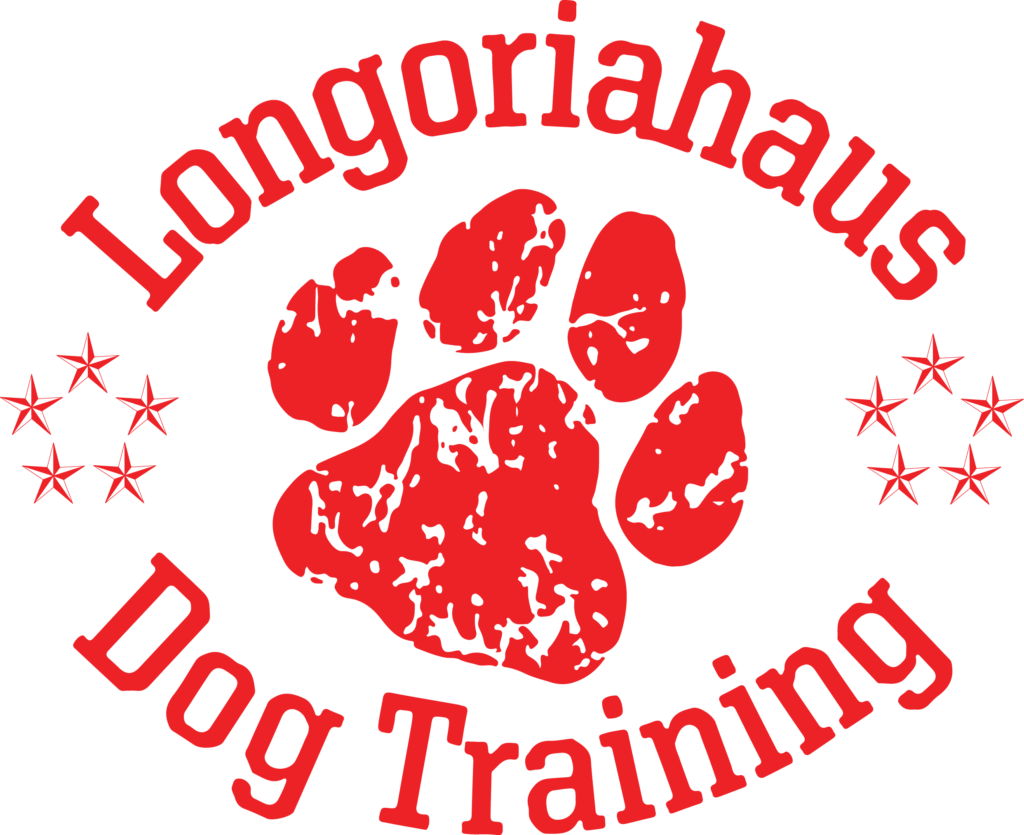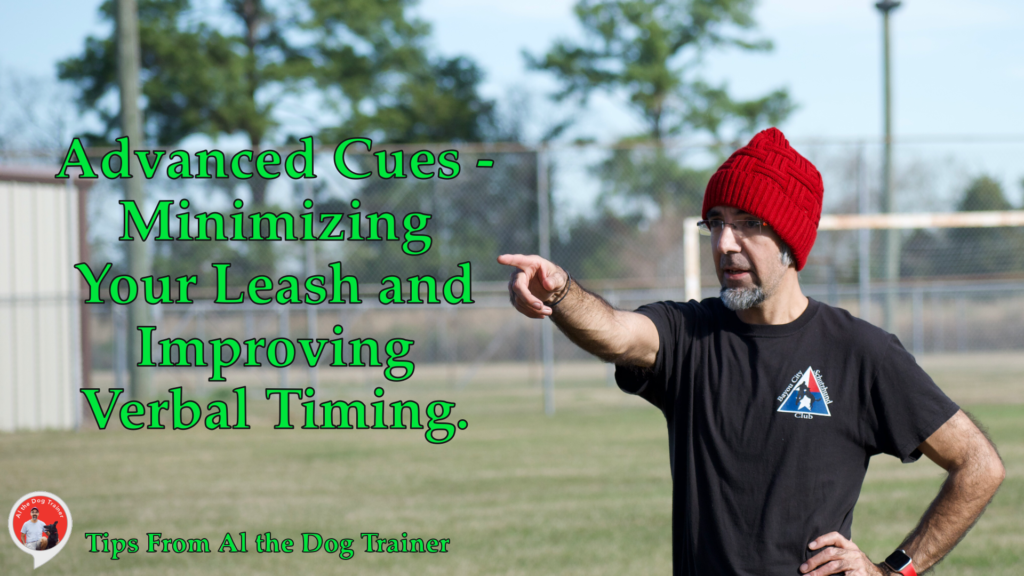
Today’s Topic is: Minimizing Your Leash and Improving Verbal Timing
I want to start by saying that this article is focused on advanced cues. So, if you’re a beginner, I would suggest not using anything advanced until you have the basics down. It’s very easy to get drawn into wanting to use the advanced techniques before you’ve mastered your basic ones.
“Pressure On, Pressure Off”
A lot of you know, the way I use a leash in the beginning is to add some gentle pressure. This gets the dog on to the target. When they do that, I turn the leash pressure off. That’s “pressure on, behavior, pressure off”. Then I associate my voice to the verbal cue and the target behavior I want. I will say the verbal cue at the last possible moment before the dog does the thing I want.
I continue to do that for quite some time with the dog and continue to reinforce those things together. I’m going to use the leash. I’m going to tell you what to do right as you’re doing it. You’re going to get rewarded then I’m going to slack the leash.
“Tap Then Talk”
Begin to play around with the timing of when you’re going to say the voice command and use the leash. Here are three ways you can use your leash in conjunction with your voice. This is when you’re ready to move beyond the basics. Tap the leash in the direction of the target you want your dog to move. Then you would say the voice command. This is “tap then talk”. The next iteration is to tap the leash and say the verbal cue at the exact same time. The third iteration is to say the verbal cue and then tap the leash. So, to recap, those three would be “Tap then talk,” “talk and tap,” and finally “talk then tap.”
When I start using this pattern with my leash and verbal cue, I don’t necessarily divide those up equally. What I end up doing is trying to put those together and see which one works the best. The end goal is to have the leash on the dog and only say the voice command. This will get the dog to hit the target under any circumstance.
Let’s just say we’re using this technique to get the dog to come when called while using a long line. I want to have my long line on the dog when they see a distraction and reward them. I want the dog to reliably come each and every time I do that. Try it. It works!
I’ve never shared this intermediate technique before. Minimizing your leash and improving verbal timing. I hope it was useful for you. Please visit me on my YouTube Channel for more tips like this. You can also find many more here on my website at www.longoriahausdogtraining.com.
Happy Training!
Longoriahaus DISCLAIMER: This video and description contains affiliate links, which means that if you click on one of the product links, I’ll receive a small commission.

